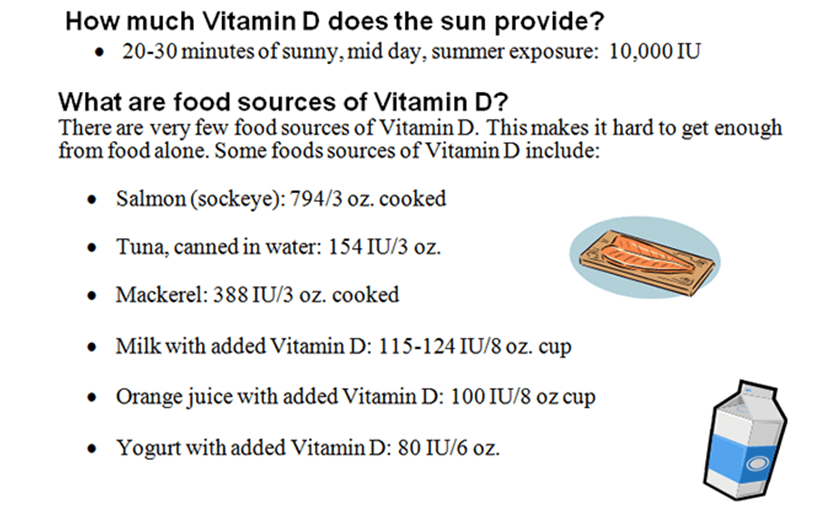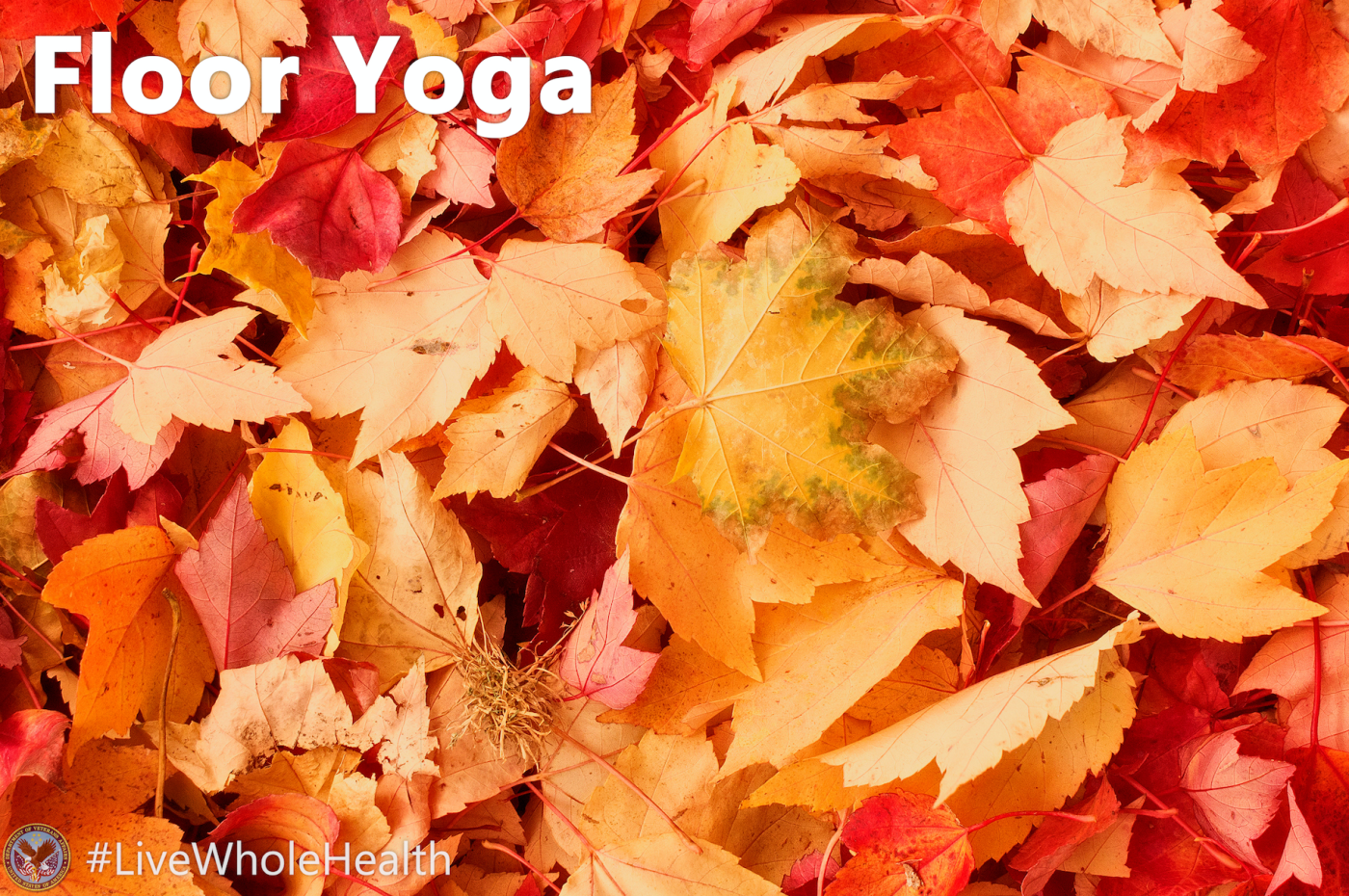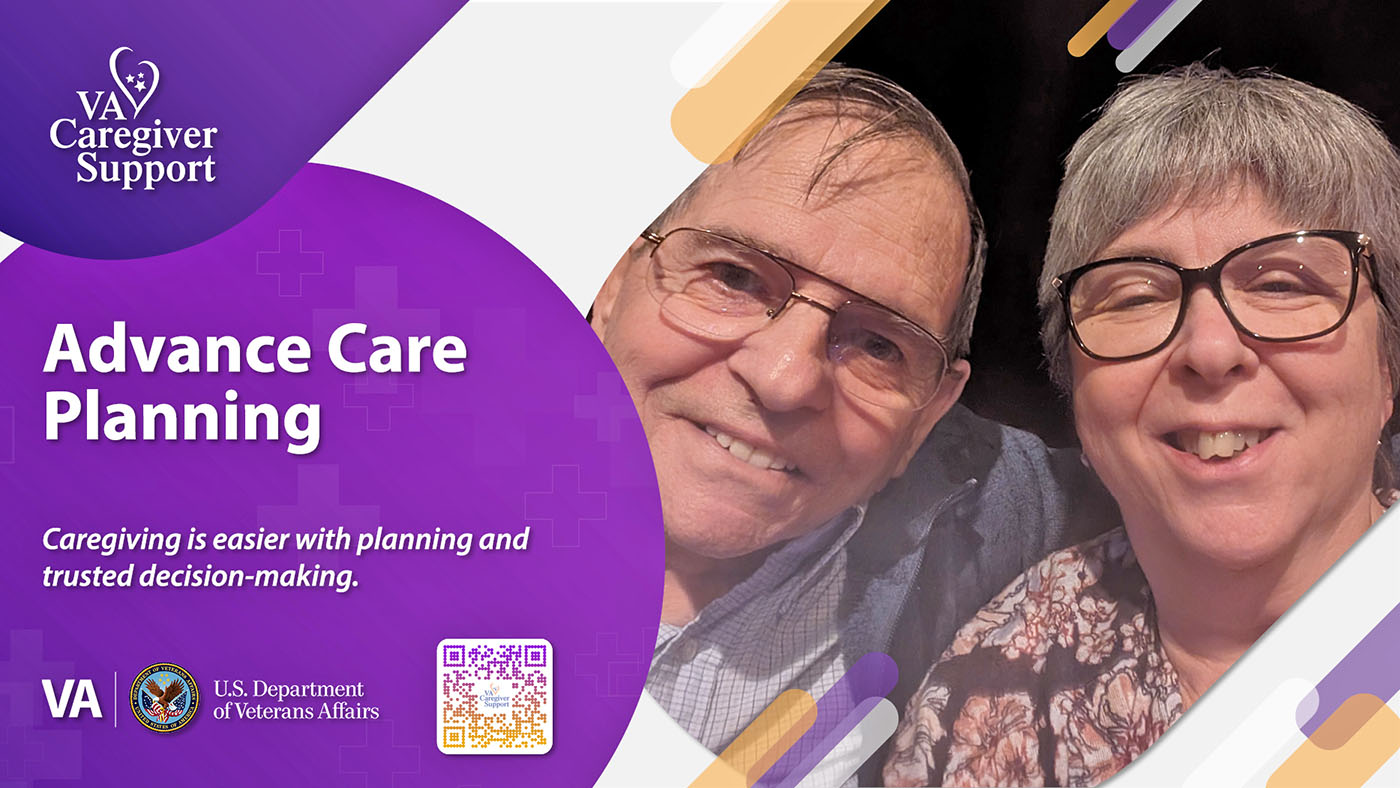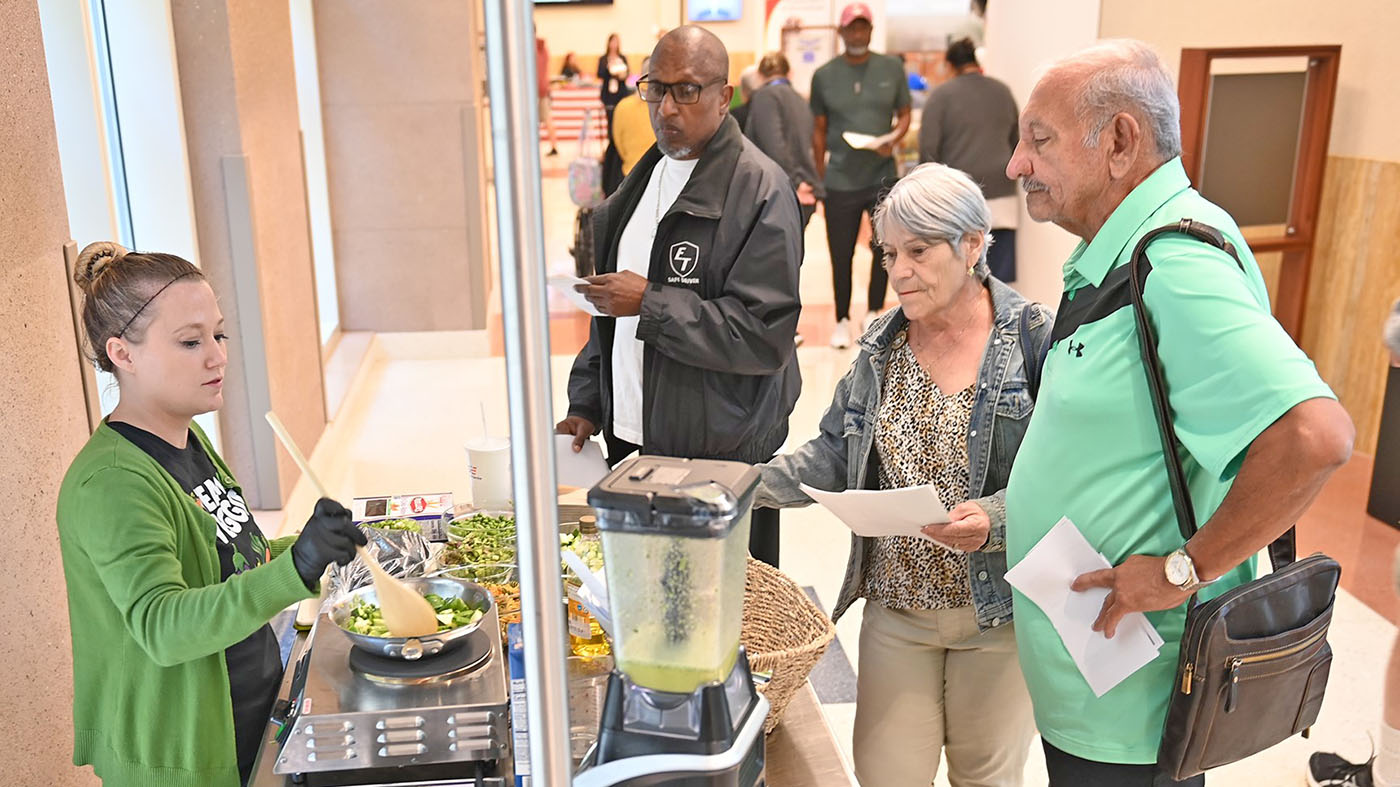May is National Osteoporosis Month, a good time to think about caring for the 206 bones in our adult bodies. Osteoporosis means “porous bone” and, according to the National Osteoporosis Foundation, up to half of women and up to a quarter of men over 50 will break a bone due to this “silent disease”. Most people don’t know that their bones have weakened until a break occurs. Other possible signs of osteoporosis include a reduction in height or the upper back curving forward.
The good news is that there is a lot you can do to protect and improve your “skeletal health”. Regular exercise (all types, especially weight-bearing and balance/functional exercises), limiting alcohol and caffeine to 2-3 drinks daily, and including more calcium and vitamin D in your diet are just a few options. You can read more about preventing osteoporosis at the Osteoporosis Foundation’s website.
Most of us know that calcium is important for bone health, and dairy products are a great source of calcium. But what if you are unable to drink cow’s milk? Most non-dairy milks such as soy milk, almond milk and rice milk are fortified with calcium. Other foods which contain calcium include: canned sardines and salmon (with the bones), cheeses, yogurts, collards, beet greens, turnip greens, kale, okra, baked beans, kidney beans, almonds, and fortified foods such as fortified orange juice.
Vitamin D is essential for our bodies to absorb calcium. This vitamin is sometimes referred to as the “sunshine vitamin” since our skin can actually make vitamin D when we “catch some rays”. Unfortunately, the time of day when this process works the best is the middle of the day, when the sun’s rays also increase the risk for skin cancer. So, put your sunscreen on and get out there (safely) but think about adding some foods rich in Vitamin D to your diet as well. Refer to the table below for example of foods high in Vitamin D. You can find out more about Vitamin D at VA’s nutrition education website.
It is preferable to get vitamins and minerals from the food you eat rather than taking vitamin or mineral supplements. However, it is okay to take a calcium/vitamin D supplement if you are unable to meet your Recommended Dietary Allowances (RDA) or as recommended by your doctor. For men ages 51-70, the calcium RDA is 1000 mg daily and vitamin D is 600 IU (international units); and for women ages 51-70, the calcium RDA is 1200 mg and vitamin D is also 600 IU.
To get more ideas for ways to incorporate “bone-healthy” foods into your daily meals and snacks, consider signing up for a Healthy Teaching Kitchen demonstration at your local VA or ask to see a VA Registered Dietitian/Nutritionist to personalize your eating plan. Do you like smoothies? Watch this You Tube Video of Registered Dietitian Christie Rossick from VA Pittsburgh making a GREAT breakfast smoothie packed with calcium and vitamin D!

Topics in this story
More Stories
In this week's #LiveWholeHealth video, learn how to incorporate mindful movement into your day with yoga and stretching to improve posture, reduce stress and boost mood.
VA’s Caregiver Support Program provides Veterans’ caregivers, especially first-timers, guidance and resources.
Healthy Teaching Kitchen offers Veteran patients nutrition knowledge and the guidance and skills to learn how to cook.






